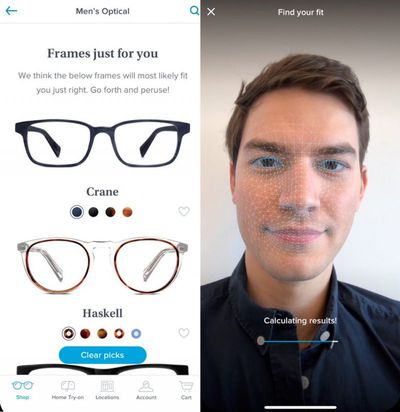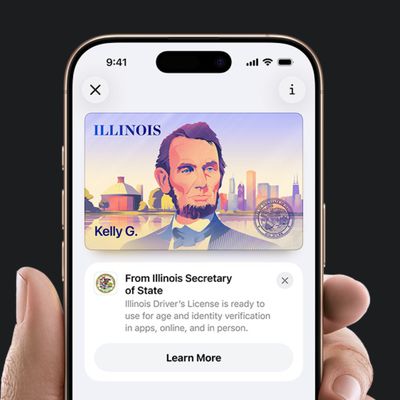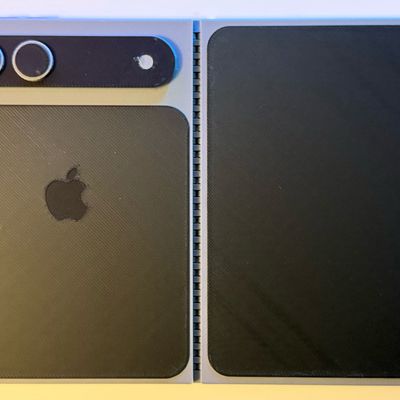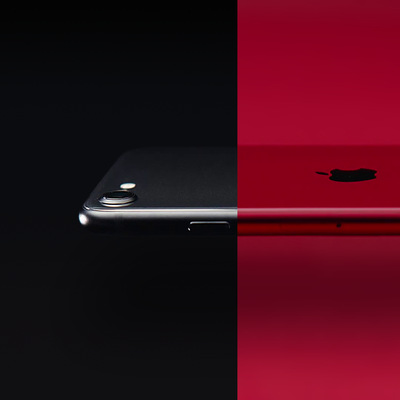Spectacles company Warby Parker recently updated its mobile app to include a novel implementation of Apple's face recognition technology exclusive to the iPhone X.
The glasses app uses the smartphone's front-facing TrueDepth camera to map the user's face and create an ideal fit for a new set of frames.

Warby Parker using the iPhone X TrueDepth camera is super super smart: pic.twitter.com/LgHpO8hfUx — Joanna Stern (@JoannaStern) November 7, 2017
Apple's Face ID authentication works by projecting 30,000 dots on the surface of a person's face, accurately mapping its curvature and unique features.
The camera's sensors also capture the data in three dimensions, and it's this technology in particular that the glasses app uses to recommend to the user a series of frames that it thinks will fit their facial structure.
The only failing of the app is that it doesn't (yet) place the spectacles on the user's face, Snapchat-style, to let the customer see what they look like wearing them.
Apple's ARKit augmented reality framework would seem to be the obvious solution to this lack. We've reached out to Warby Parker to ask if they have any plans to make use of it, and will update this article if we hear back.
(Via Mashable.)

























Top Rated Comments
Eventually the 'technology' aspect fades away, becoming part of the every day and ultimately indispensable.
“Apple's response to Franken largely restates information available on Apple's website ('https://support.apple.com/en-us/HT208108') about how Face ID works - such as the fact that "faceprints" are not collected by Apple, that third-party developers cannot collect face data from developers, and how the technology works. “. (From Business Insider)
Seems as though third parties can in fact collect face data. Granted It’s with the user’s consent to use the app, but it’s still contrary to what Apple said before.
Am I misunderstanding something here?
Warby Parker is already leading the pack in terms of virtual fittings, I can’t wait to see what they do next.
I’ve worn glasses or contacts since I was five (in 1979), and I have not-so-fond memories of trying to see what I looked like with empty frames, yet being so near-sighted that my face had to be within inches of the mirror. Trying on new frames while wearing contacts felt miraculous by the time I got to high school, this is next level stuff.